Yucong Shen
Perspective Transformation Layer
Jan 14, 2022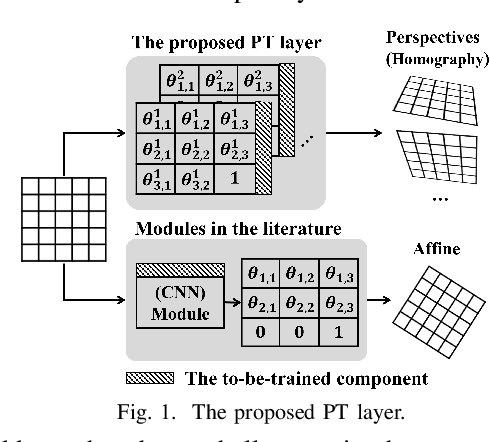
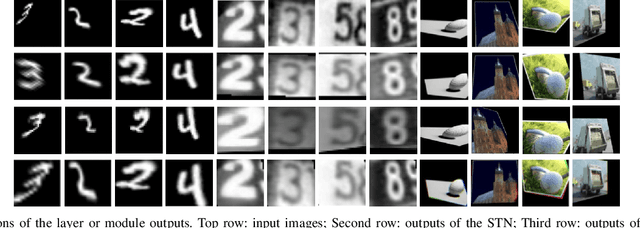
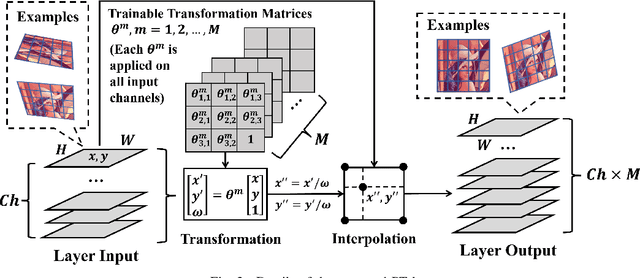
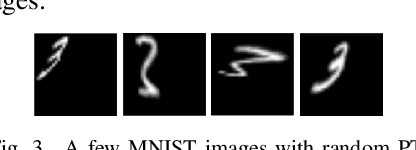
Abstract:Incorporating geometric transformations that reflect the relative position changes between an observer and an object into computer vision and deep learning models has attracted much attention in recent years. However, the existing proposals mainly focus on affine transformations that cannot fully show viewpoint changes. Furthermore, current solutions often apply a neural network module to learn a single transformation matrix, which ignores the possibility for various viewpoints and creates extra to-be-trained module parameters. In this paper, a layer (PT layer) is proposed to learn the perspective transformations that not only model the geometries in affine transformation but also reflect the viewpoint changes. In addition, being able to be directly trained with gradient descent like traditional layers such as convolutional layers, a single proposed PT layer can learn an adjustable number of multiple viewpoints without training extra module parameters. The experiments and evaluations confirm the superiority of the proposed PT layer.
Deep Learning Based Reconstruction of Total Solar Irradiance
Jul 23, 2021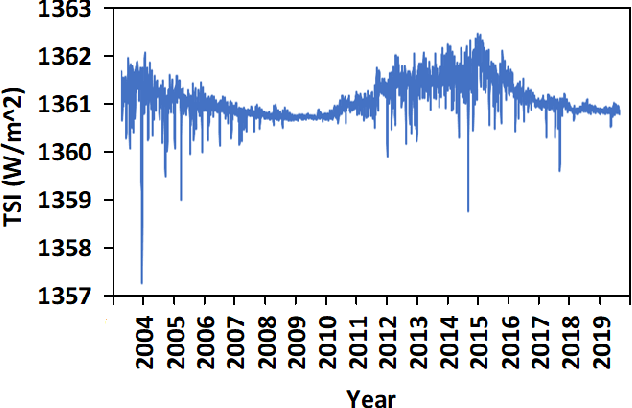
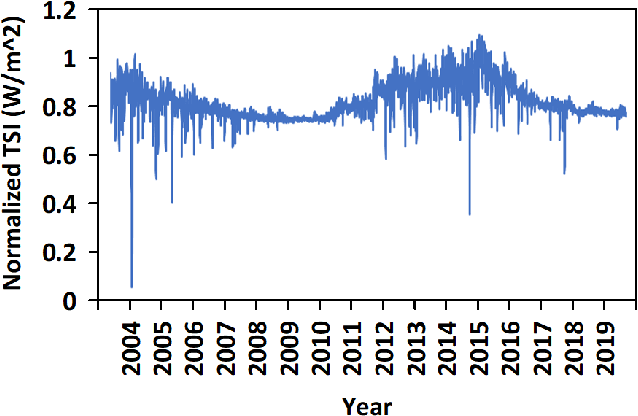
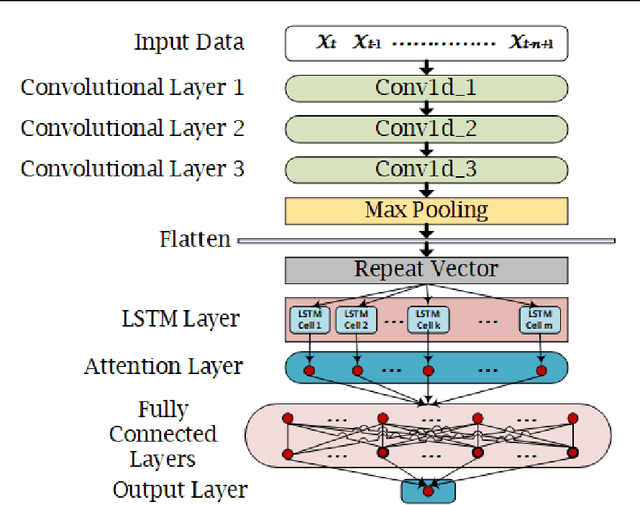
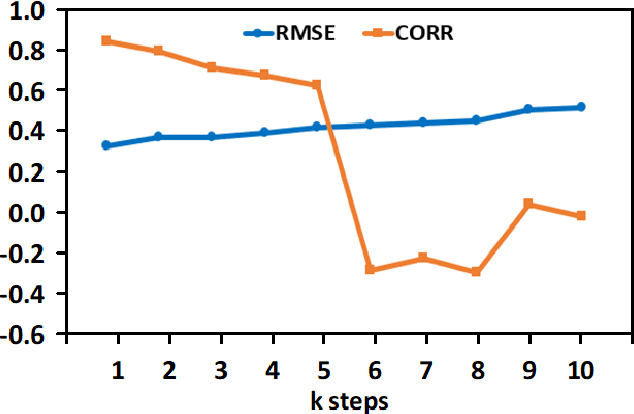
Abstract:The Earth's primary source of energy is the radiant energy generated by the Sun, which is referred to as solar irradiance, or total solar irradiance (TSI) when all of the radiation is measured. A minor change in the solar irradiance can have a significant impact on the Earth's climate and atmosphere. As a result, studying and measuring solar irradiance is crucial in understanding climate changes and solar variability. Several methods have been developed to reconstruct total solar irradiance for long and short periods of time; however, they are physics-based and rely on the availability of data, which does not go beyond 9,000 years. In this paper we propose a new method, called TSInet, to reconstruct total solar irradiance by deep learning for short and long periods of time that span beyond the physical models' data availability. On the data that are available, our method agrees well with the state-of-the-art physics-based reconstruction models. To our knowledge, this is the first time that deep learning has been used to reconstruct total solar irradiance for more than 9,000 years.
CPOT: Channel Pruning via Optimal Transport
May 21, 2020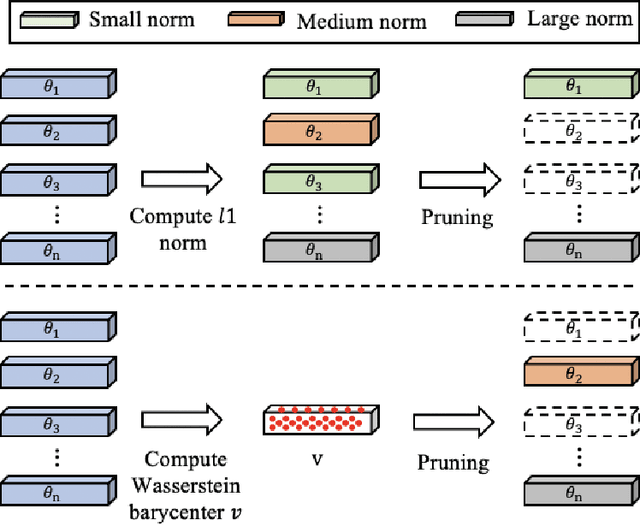

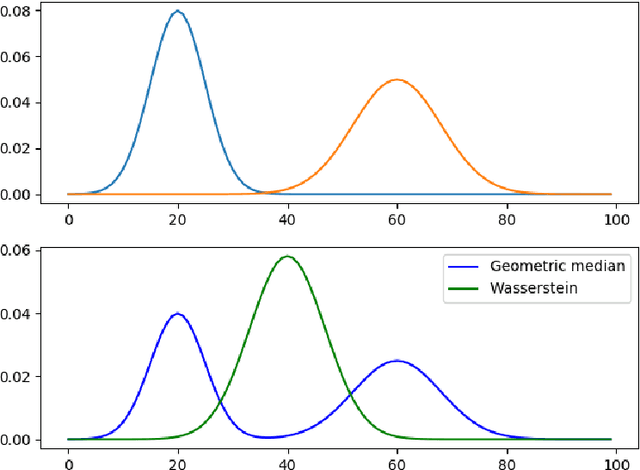
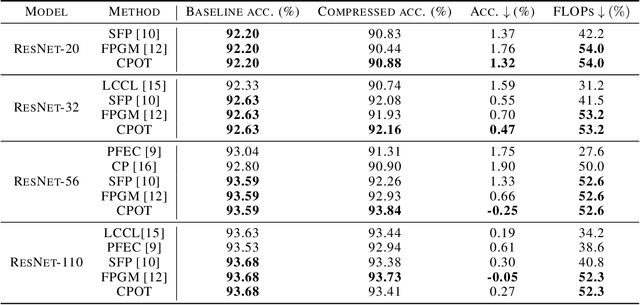
Abstract:Recent advances in deep neural networks (DNNs) lead to tremendously growing network parameters, making the deployments of DNNs on platforms with limited resources extremely difficult. Therefore, various pruning methods have been developed to compress the deep network architectures and accelerate the inference process. Most of the existing channel pruning methods discard the less important filters according to well-designed filter ranking criteria. However, due to the limited interpretability of deep learning models, designing an appropriate ranking criterion to distinguish redundant filters is difficult. To address such a challenging issue, we propose a new technique of Channel Pruning via Optimal Transport, dubbed CPOT. Specifically, we locate the Wasserstein barycenter for channels of each layer in the deep models, which is the mean of a set of probability distributions under the optimal transport metric. Then, we prune the redundant information located by Wasserstein barycenters. At last, we empirically demonstrate that, for classification tasks, CPOT outperforms the state-of-the-art methods on pruning ResNet-20, ResNet-32, ResNet-56, and ResNet-110. Furthermore, we show that the proposed CPOT technique is good at compressing the StarGAN models by pruning in the more difficult case of image-to-image translation tasks.
Deep Morphological Neural Networks
Sep 04, 2019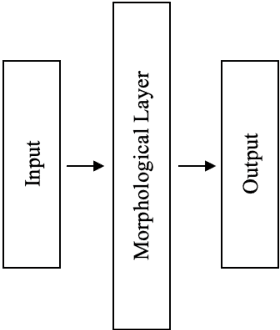
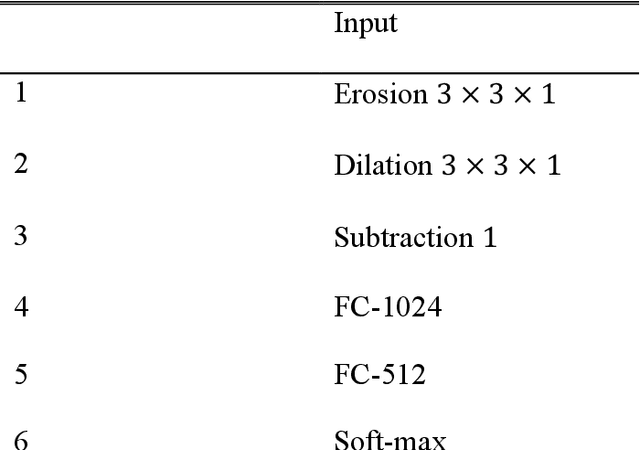
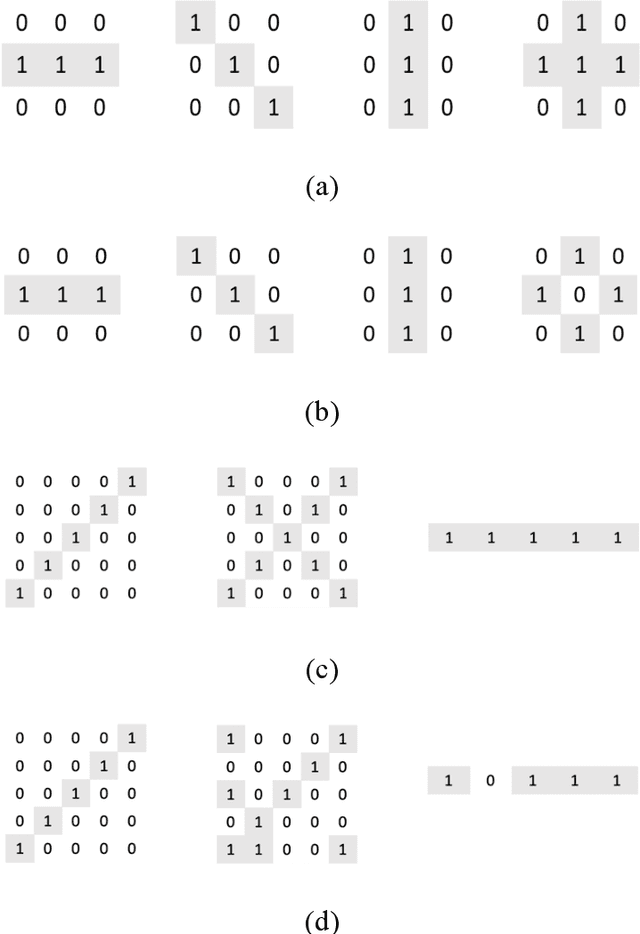
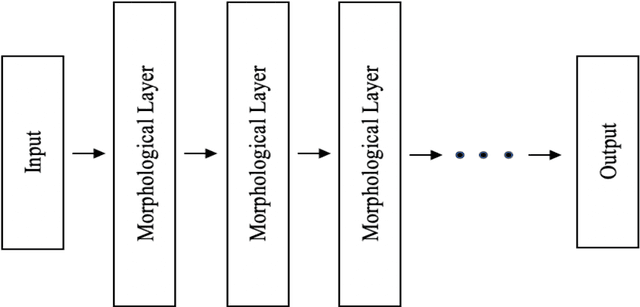
Abstract:Mathematical morphology is a theory and technique to collect features like geometric and topological structures in digital images. Given a target image, determining suitable morphological operations and structuring elements is a cumbersome and time-consuming task. In this paper, a morphological neural network is proposed to address this problem. Serving as a nonlinear feature extracting layer in deep learning frameworks, the efficiency of the proposed morphological layer is confirmed analytically and empirically. With a known target, a single-filter morphological layer learns the structuring element correctly, and an adaptive layer can automatically select appropriate morphological operations. For practical applications, the proposed morphological neural networks are tested on several classification datasets related to shape or geometric image features, and the experimental results have confirmed the high computational efficiency and high accuracy.
 Add to Chrome
Add to Chrome Add to Firefox
Add to Firefox Add to Edge
Add to Edge